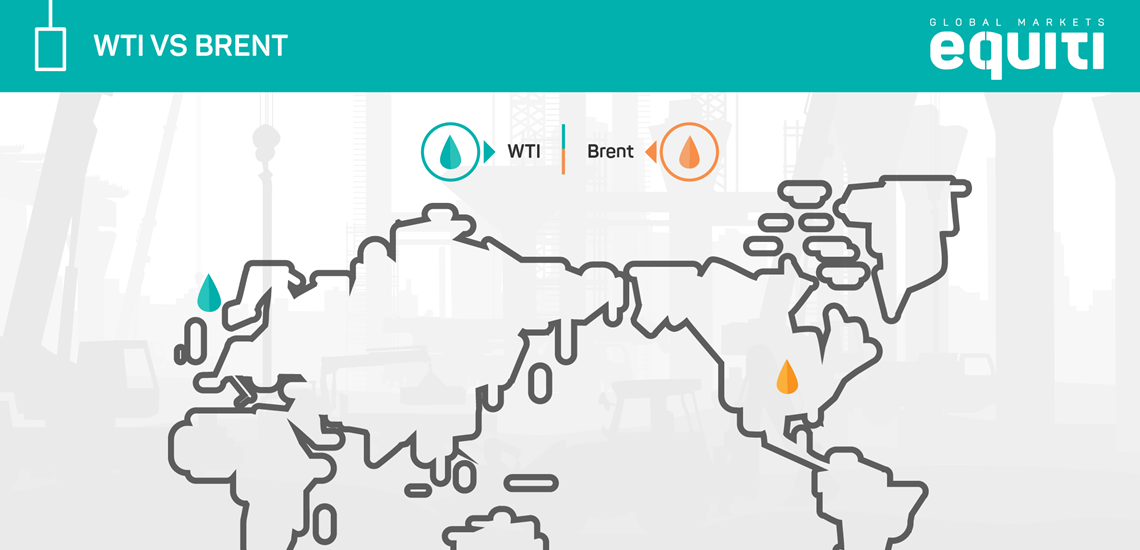The author is an expert in the field of multi-asset trading.
WTI vs Brent: What’s the Difference?

If you’ve ever looked up the price of oil, you’ve probably come across two different pricings: WTI and Brent. This can be confusing for someone who just wants to know how much oil is worth now. Oil is oil, right? Well, not so much. You see, crude oil (the stuff that comes out of the ground before any refinement) comes from many different sources around the globe, and they’re all quite different from each other. They differ in quality, ease of extraction, ease of transport, and other factors that affect the price of a particular grade of crude oil. This is where WTI and Brent – the two major oil price tickers you see, come in.
So what are WTI and Brent, and what’s the difference between them?
WTI and Brent are pricing benchmarks for crude oil. There are numerous different benchmarks, but WTI and Brent happen to be the most widely used, so you hear about them more often. They’re also the most widely traded ones. When someone wants to purchase oil (or a contract for oil in case of retail traders), the type of oil, the location it originates from, and what it’s being used for determine which one the buyers purchase. There are different types of crude oil, and some are more desired than others depending on their application and buyers’ needs. Find out more on WTI and Brent below.
WTI Crude Oil
WTI stands for West Texas Intermediate, and it’s one of the most important price benchmarks you need to pay attention to, not least because of it being one of the leading commodities of the world’s biggest economic power. WTI refers to the crude oil extracted in the United States, and it is the underlying commodity of New York Mercantile Exchange's oil futures contracts. WTI is extracted primarily from oil fields in Louisiana, North Dakota, and yes, Texas. However, shipping this landlocked oil across the globe is more expensive, so it is more limited to crude oil contracts inside the US. WTI is sweeter and lighter than Brent, making it ideal for gasoline refinement.
Brent Crude Oil
Brent oil, on the other hand, is much more global, and it comes from four different oilfields all in the North Sea: Brent (remember the name), Forties, Oseberg, and Ekofisk (these oilfields also lend themselves to the alternative name – BFOE). Brent is the leading global price benchmark for Atlantic crude oils, and is used to price two-thirds of the world’s crude oil contracts. Since the supply of this crude oil is already water-bourne (the oilfields are in the sea, remember), it’s much easier (and cheaper) to transport, thus it finds much more global buyers than its US counterpart. This type is also sweet and light, making it suitable for production of petrol and middle distillates.
Both WTI and Brent are light and sweet and ideal for fuel refinement, and majority of global oil prices are pegged to either of these benchmarks. But as we’ve learned there are quite a few differences between them which account for the price variations and buyer interest. Equiti offers its clients the ability to trade CFD contracts for both WTI and Brent, so you don’t have to limit yourself to just one crude oil contract type, and participate fully in the oil market.
Margined Forex and CFD trading are leveraged products and can result in losses that exceed deposits. The value of your contract can fall as well as rise, which could result in receiving back less than you originally deposited. Please ensure you understand the risks and be sure to manage your risk exposure effectively. Equiti does not provide any investment advice.